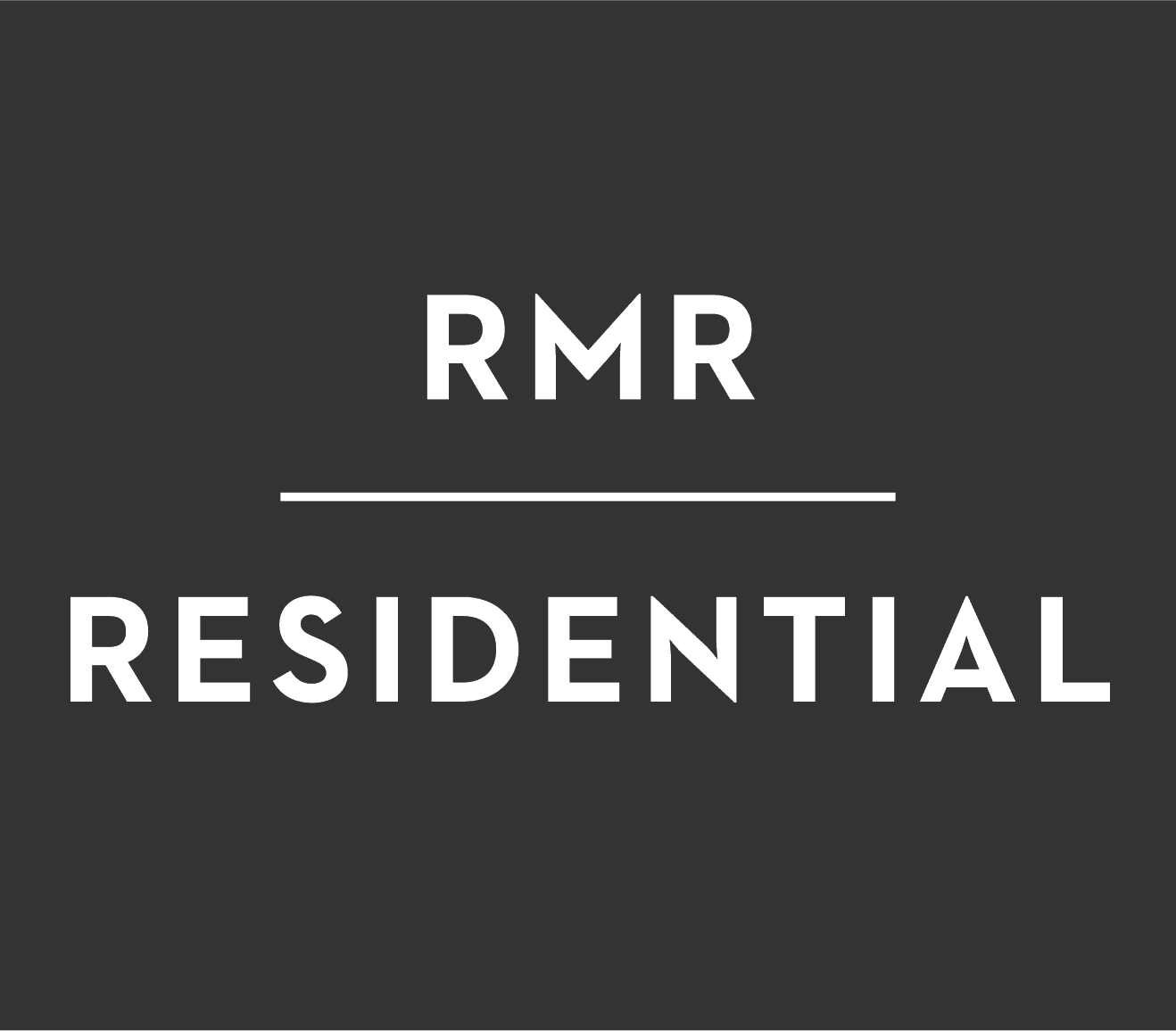3 Tips for Maximizing Revenue in a Highly Competitive Market
How to focus your pricing strategy to maximize performance in the 2023 leasing season

By Joe Boesen, Senior Director of Pricing & Analytics
The more data we’ve seen recently, the more it looks like multifamily real estate is heading into the most competitive market we have seen in several years. Biznow is reporting that Atlanta apartment rents fell year-over-year in March, and indication of a drop in demand and an increase in competition for renters. This type of market can be challenging for a revenue manager. As a national real estate investment firm in eight states, representing nearly 30,000 units, our goal at RMR Residential is to keep pace with the market so we don’t squander leasing opportunities nor revenue by dropping prices too quickly. It can be a delicate balance, so how can we maximize revenue in this type of market? What settings can we change in our revenue management tools to ensure our asking rents maintain pace with the market, but don’t drop too quickly?
Here are 3 ways to focus your pricing strategy to maximize performance in the 2023 leasing season:
- For new pricing, consider limiting how much the rent can drop week-over-week. This setting can vary depending on one’s revenue management tool, but in the one we use, this is controlled by the maximum reference rent decrease. When lowered to a more aggressive setting, this will prevent prices from dropping too quickly if some of your competitors panic and reduce their rents. You can always override the pricing if you think the steeper price drop is warranted. It’s always crucial to stay up- to-date on your competitors’ prices, but especially in a market like what we’re seeing currently.
- Another change to consider is expanding the leasing weeks used in the leasing velocity calculation. LRO experts know this as Sigma. Spreading out the weighted average more evenly over the preceding five weeks will limit how much the prices react to sudden drops in leasing velocity. This action is critical when competitors’ pricing might be dropping more sharply than usual. One weekend of slow leasing could be due to external factors – such as severe weather or a holiday – rather than pricing.
- One thing we’re seeing now after 2022’s historically high renewal increases are residents who are up for renewal, but they’re currently paying above the current market rate. For those inverted leases, you might consider lowering the minimum increase to 2-3%. It’s likely that many residents will see the low increase amount and go ahead and sign their renewal. However, your multifamily communities may have residents who do their homework, shopping around for the current prices. There is the chance they might see lower prices for similar apartments on competitors’ websites, or even your own. If they do see this and want to negotiate their renewal increase, it’s important the on-site teams refer to prices for similar units available around the time their leases expire, rather than current availability. To empower on-site and/or regional teams during these times, you might also consider granting them leeway in negotiating renewal offers for residents. It may also be strategic for on-site teams to point out the hassle and expense of moving. For example, if a resident is considering moving because of a deal somewhere else that is $50 per month lower than their renewal offer, they would likely pay more in moving expenses and time then the $600 in extra rent per year they would pay if they stayed.
The bottom line is this: despite heading into a highly competitive market, it is possible to optimize assets, maximize revenue, and create value for residents. By remaining vigilant, strategic, and nimble, real estate investment firms can successfully ride the waves of uncertainty and outperform competitors.








